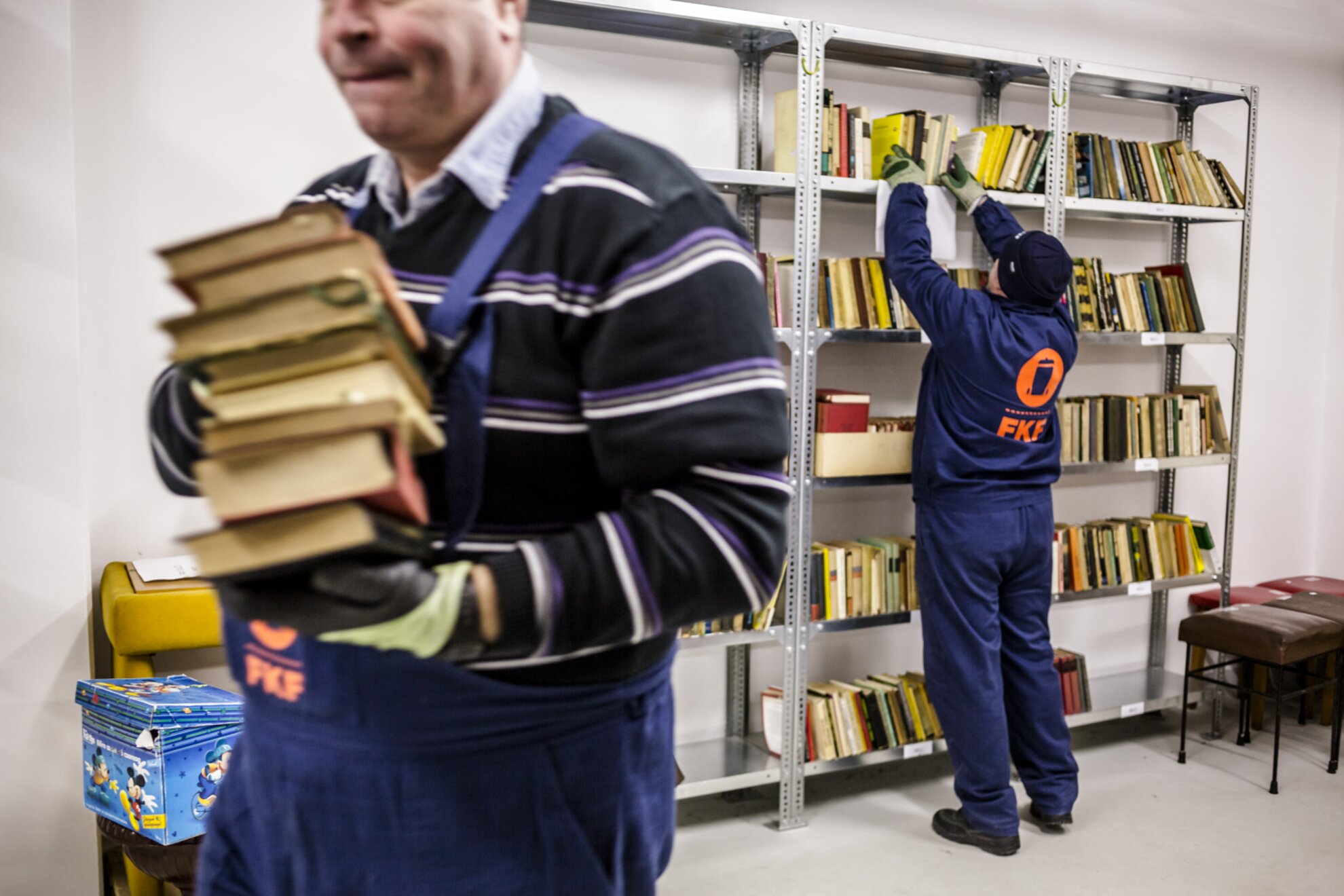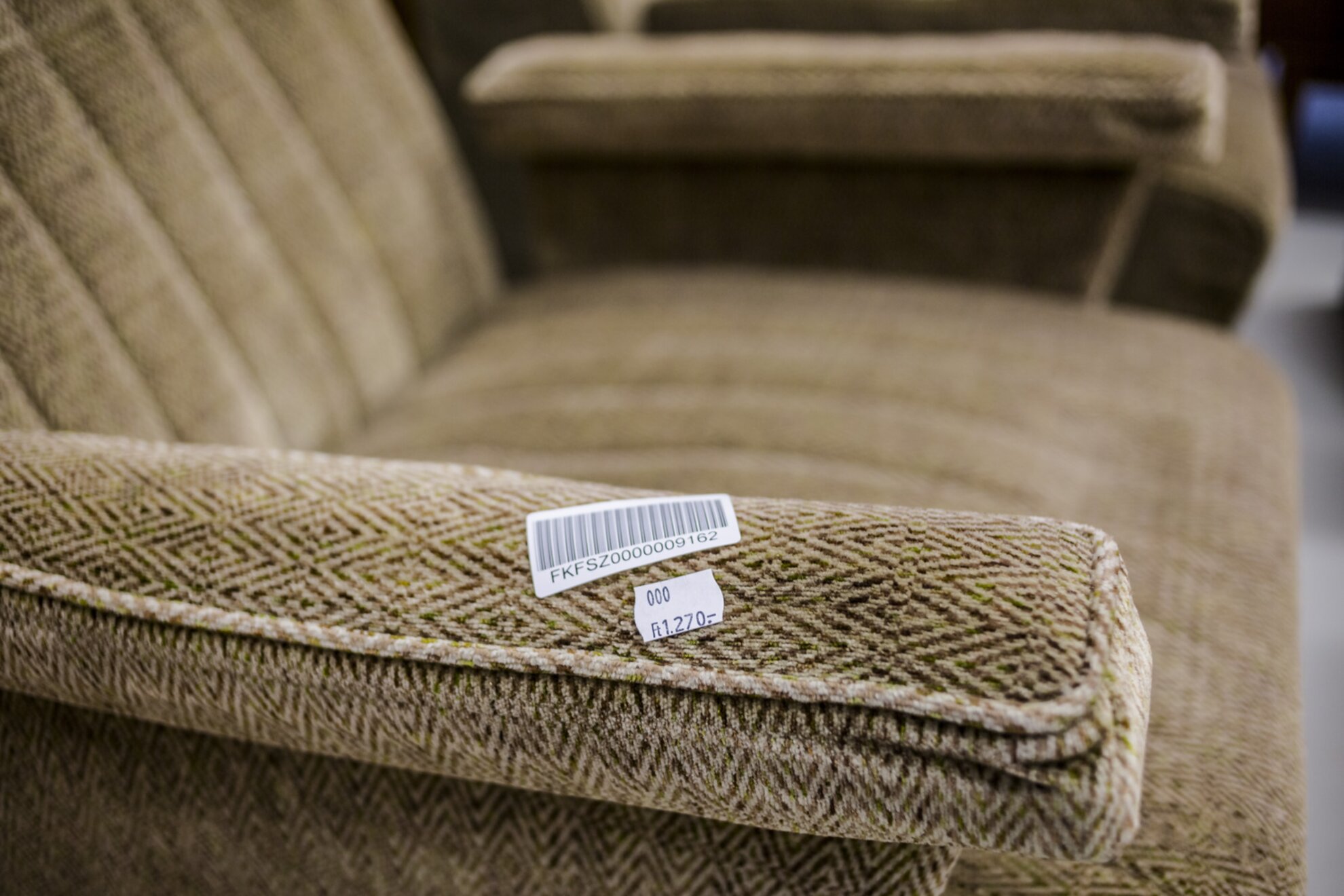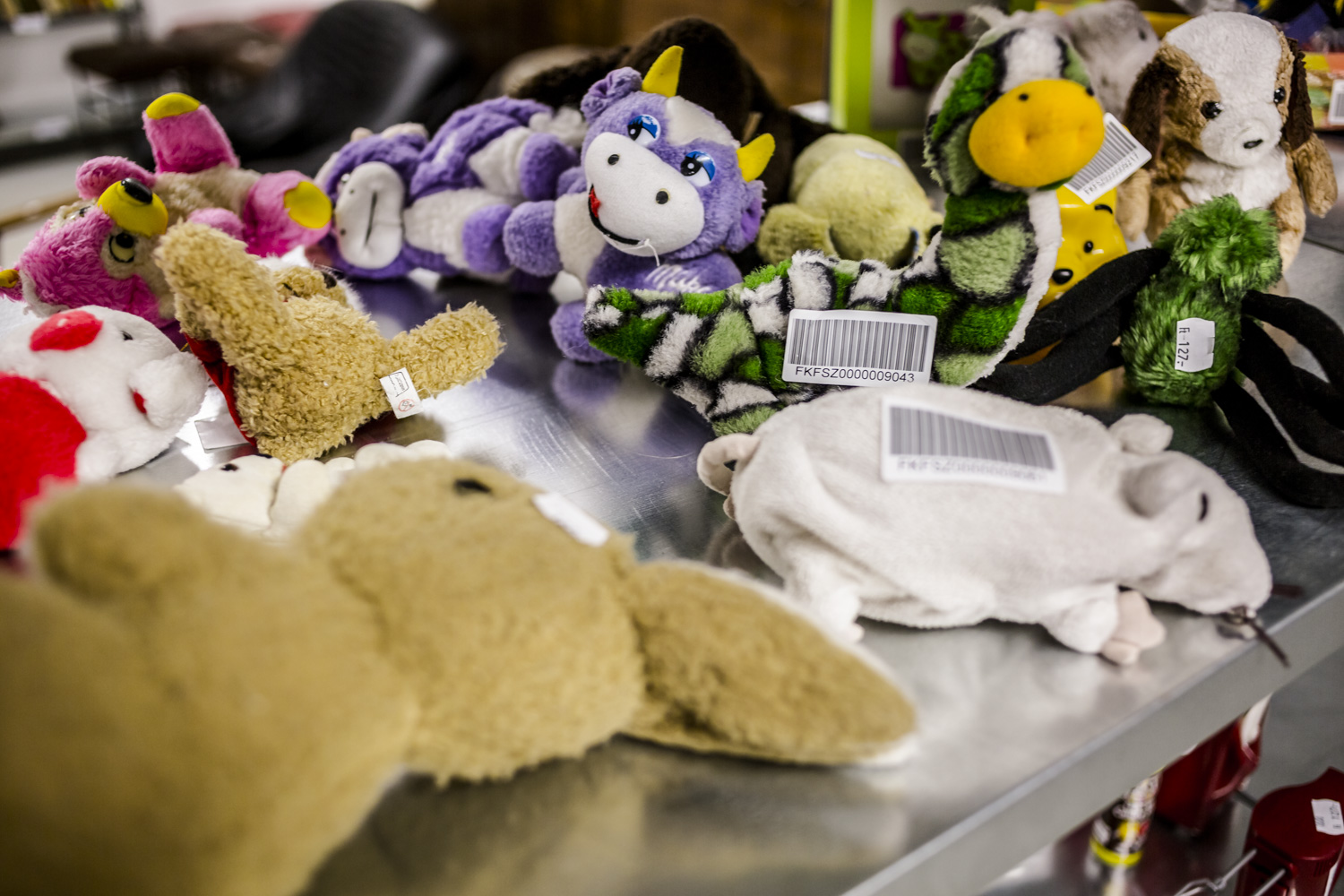On occasions of “lomtalanítás”, Budapest citizens get to throw away any and all unwanted possessions by placing them on the sidewalks. However, “lomatalanítás” usually happens only once a year, and anyone who misses the opportunity to rid themselves of their unneeded belongings (or to score some antique goods on the streets for free) have to wait a long time for the next occurrence. But an alternative has been available in districts XV and XVIII since last summer: two recently opened recycling centers welcome both useless and useful junk anytime, and resell the latter type of trash for cheap.
Reuse centers are widespread in Western countries, and Budapest finally has two of its own now, officially called Szemléletformáló és Újrahasználati Központ (“Awareness-raising and Reuse Center” in English) under the maintenance of the Fővárosi Közterület-Fenntartó Ltd. (“Metropolitan Public Area Maintenance Company”). Their mission is to save useful-but-unwanted detritus from the dump or the incinerator, and instead find new homes for it under civilized conditions.

The reception area is packed with pots, and workers are lining books on the shelves as we arrive, whistling cheerfully. We can bring unwanted or surplus furniture, toys, or kitchen appliances here, which then can be purchased for a symbolic price by other visitors. Unit prices are tailored to size and function: small items, decorations, culinary wares, trinket boxes, mugs, and books cost 127 forints; glass sets, folding screens with leopard-print pockets, and similar curiosities cost 635 forints; chairs and armchairs cost a mere 1,270 forints; and we saw larger items like a nice wardrobe that cost 12,700 forints.

We could furnish a whole ruin pub, or maybe even an apartment, with the stuff that is accumulated here. Further knickknacks that the stock features include a toilet pump, skis, a sink (complete with a cabinet and a mirror), gym equipment, suitcases, CD racks (as a memento of a bygone era), sagging sofas and armchairs, baby baths, exercise bikes, children’s and plush toys, puzzles, double beds, coffee tables, skates, soccer balls, and hamster cages.
It’s good to keep an eye open: the gorgeous wardrobe that we mentioned above was already reserved by someone – we found it in the back of the warehouse, where they store goods that already found a home.

All items are displayed in the exhibition space for 14 days, after which they are offered to non-governmental organizations, who allegedly haven’t yet discovered the goods lying in these institutions.
The centers don’t sell secondhand clothing – clothes are to be collected in the containers outside the buildings – and electronic devices, since they don’t yet have a professional to inspect them. In the adjacent yard, we can find study trails, installations promoting environmental awareness, and a playground, as if to signal that the building provides a place for awareness-raising programs, as well. Lectures are held in a modern classroom to children in kindergarten and grade school, teaching them to produce less waste and be more environmentally conscious.
The bright orange and modern centers are somewhat difficult to approach, so we recommend visiting by car. Who knows, you might even need the back seats to transport some unexpected treasure! The waste-collection containers are lined up in the yards; as a citizen of Budapest, we only have to present our public-utilities bill in order to get rid of rubbish, whether it’s hazardous waste, used cooking oil, electronic waste, construction debris, fluorescent lamps, batteries, and ordinary trash. The center in District XV also accepts paint, car tires, pesticides, and chemicals. Including these two, there is a total of 17 waste yards in Budapest – read more about them here (in Hungarian).
Address(es): Budapest 1151, Károlyi Sándor út 166.; Budapest 1186, Besence Street 1/A
Opening hours: Monday – Saturday, 8am-8pm; closed Sunday




